I am new to Verilog language and want to do some practices to get familiar with it. And I encountered this problem on HDLbits: DFF8ar
This problem asks me to create 8 D flip-flops with active-high asynchronous reset. I use a case statement to handle the areset signal:
module top_module (
input clk,
input areset, // active high asynchronous reset
input [7:0] d,
output reg[7:0] q
);
always @(posedge clk or posedge areset) begin
case (areset)
1'b1: q <= 8'b0;
default: q <= d;
endcase
end
endmodule
And to my surprise, the circuit it generated ignores the clk signal:

But, if I switch the case statement to an if-else statement, the result will be correct:
always @(posedge clk or posedge areset) begin
if (areset)
q <= 8'b0;
else q <= d;
end
I don't know the reason behind it even after doing some research. Does if-else statements and case statements have some fundamental difference? Any help is appreciated!
